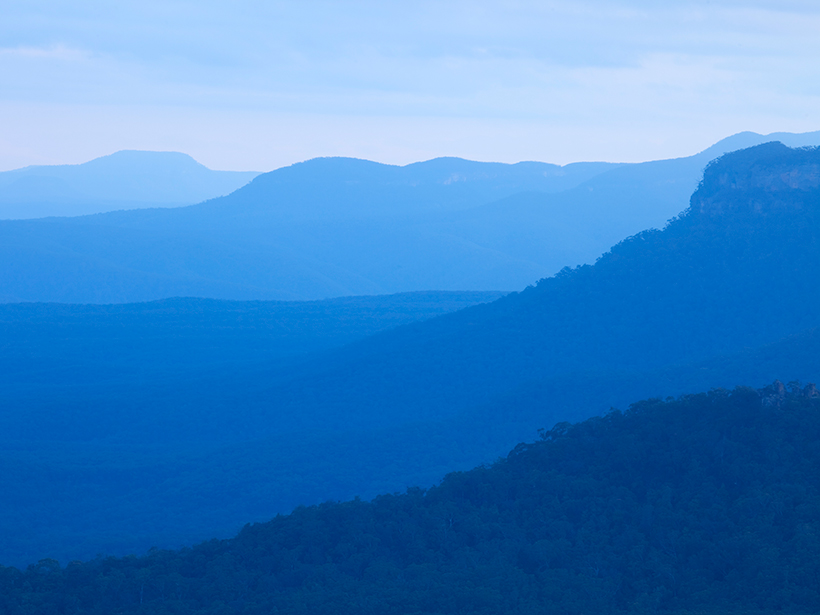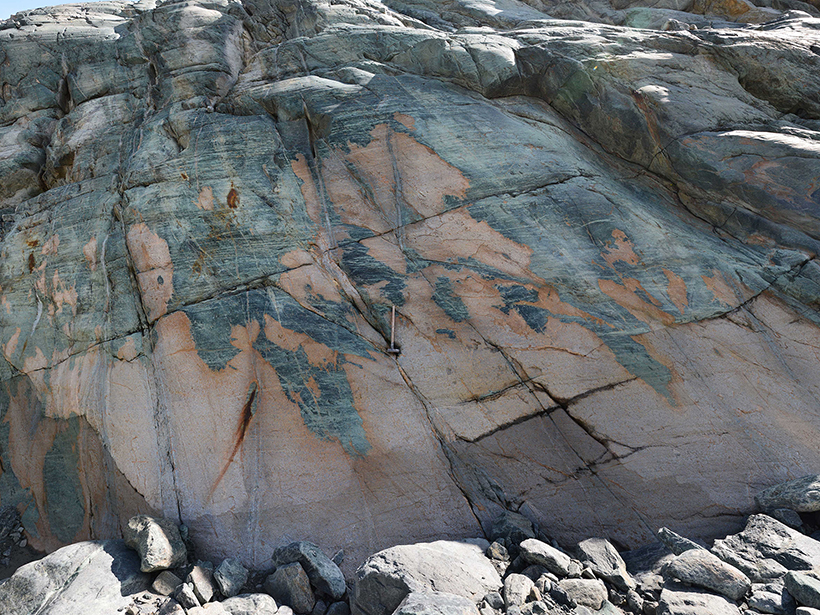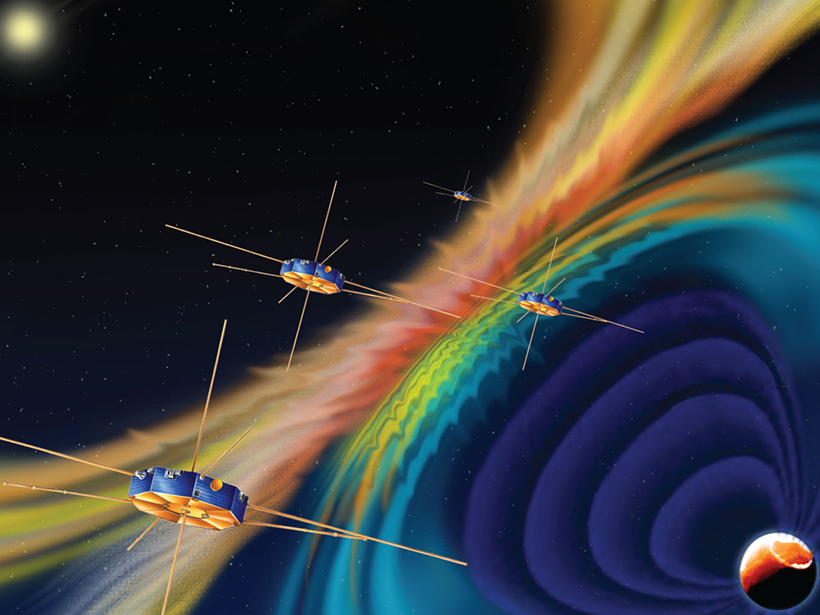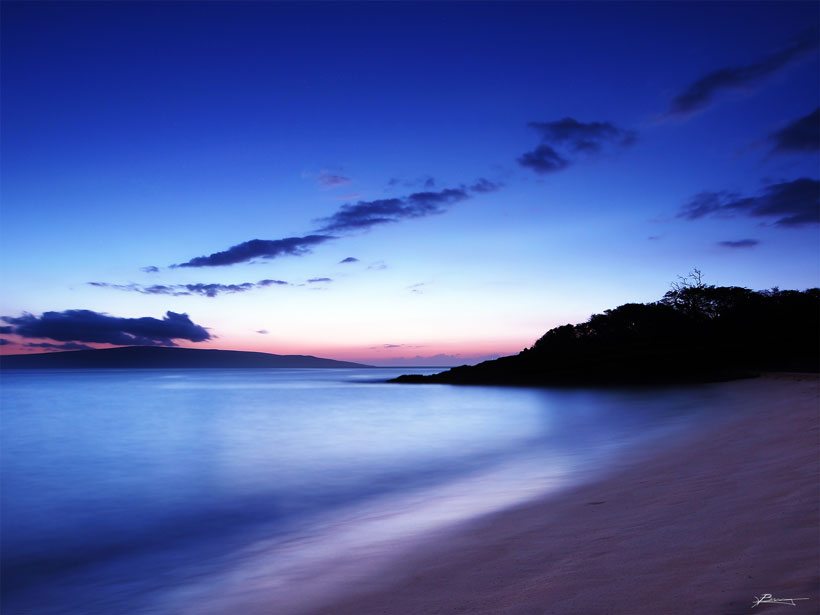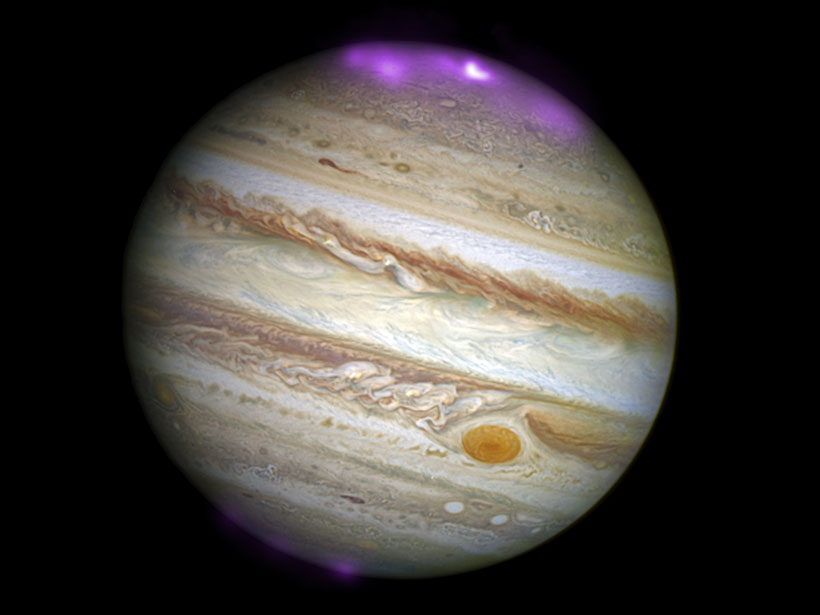Not all waves are created equal when it comes to eroding sandy shorelines. Here’s a look at the physics that drives the big ones.
Research Spotlights
Research spotlights are plain-language summaries of recent articles published in AGU’s suite of 24 journals.
Atmospheric Particles Aren’t the Same Cloud Seeds They Once Were
Still, more than half of the seeds required for cloud droplets to form in both the present-day and preindustrial atmospheres are made by trace gases that condense to form minute aerosol particles.
What Precursors Foretold Greenland’s Recent 100-Meter Tsunami?
Slippage began hours before a landslide-driven tsunami destroyed a village in northwestern Greenland.
Scientists Simulate New Mechanism of Fluid Flow in Earth’s Crust
Three-dimensional high-performance computer modeling reveals the behavior of fluid transport waves generated by chemical reactions that take place during metamorphism.
Seafloor Activity Sheds Light on Plate Tectonics
Scientists in Japan study stress released by oceanic earthquakes in newborn sections of seafloor.
Ocean Showers Power the Global Electric Circuit
Satellite measurements confirm hundred-year-old observations collected by boat.
Modeling Beijing’s Water Crisis
Beijing’s growing population is rapidly draining its water supplies. A new study examines how land use change affects groundwater storage beneath the megacity.
Jets of Ionospheric Cold Plasma Discovered at the Magnetopause
The lower-energy particles may play a larger role in magnetic reconnection than previously believed, influencing space weather near Earth.
Microfossils Illuminate Ancient Ocean Currents
Researchers use dissolved silicon concentrations to map out how currents may have changed millennia ago in the Pacific.
Can Large Electric Fields Power Jupiter’s X-ray Auroras?
Electric fields with megavolt potentials in Jupiter’s polar region accelerate particles to 100 times more energy than Earth’s typical auroral particles, a new study finds.


